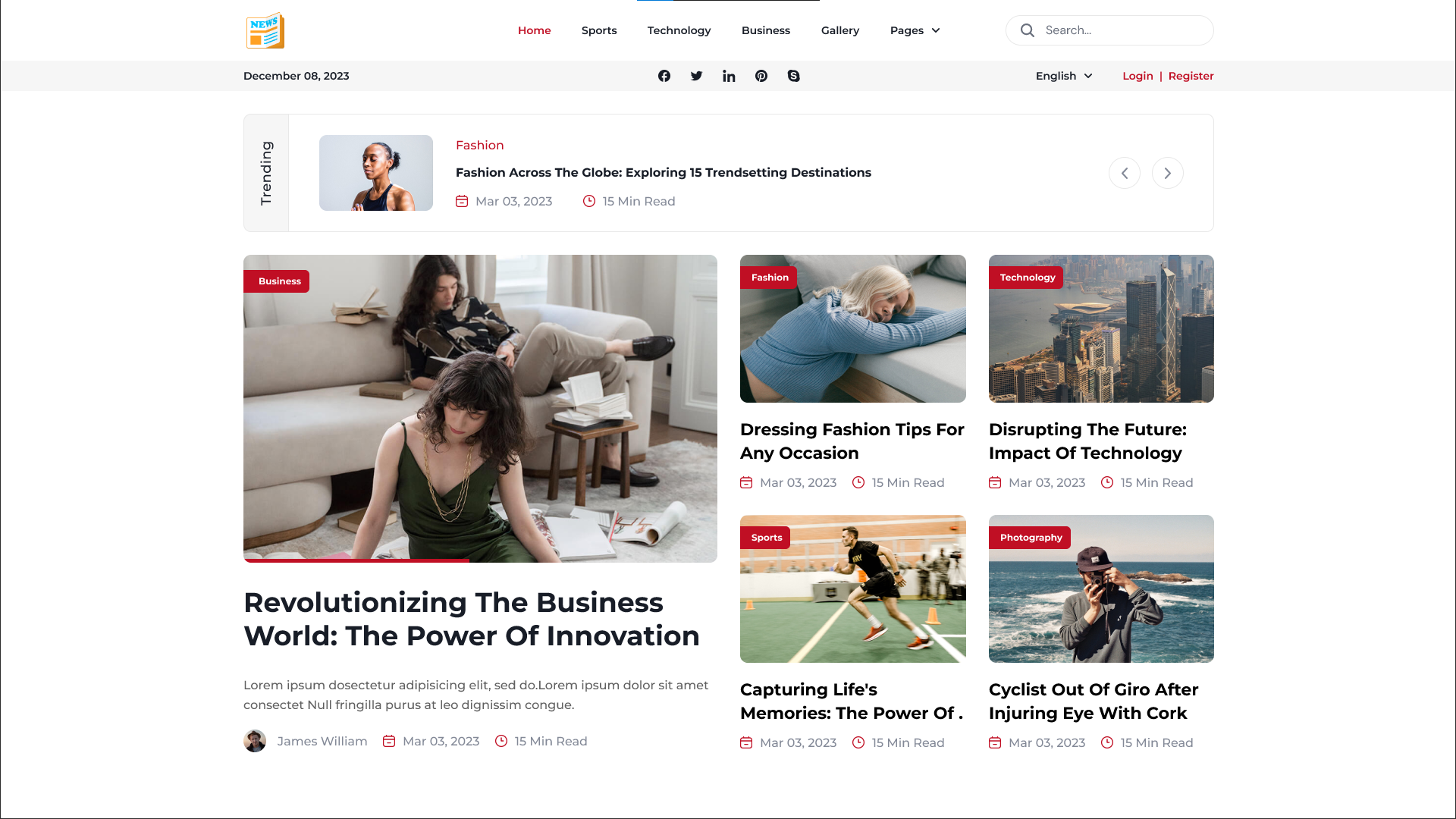Handling the intricacies of EMIR REFIT reporting: A financial evaluation
Complying with the ever-changing financial standards is more important than ever. There will be major changes to reporting requirements as a result of the European Market Infrastructure Regulation (EMIR) and its upcoming revisions, known as EMIR REFIT. In order to conform to the worldwide standards established by IOSCO-CPMI, these changes include, among other things, a greater degree of data granularity, the addition of additional fields, and an expansion of reconciliation requirements.
The one-stop RegTech shop Map FinTech has studied the expenses associated with complying with the EMIR rule.
The switch to EMIR REFIT is a thorough upgrade that adds extra complexity rather than just an update. To efficiently process the many standards and regulations, reporting entities need to improve their information technology, risk management, and compliance skills. The goal is to enable a smooth transition while guaranteeing that all reporting is correct, timely, and completely compliant from the start.
The Argument: Outsourced vs. In-House EMIR REFIT Reporting
Although organizations may be tempted to administer EMIR REFIT reporting internally due to the perceived immediate cost savings and the appeal of managing sensitive financial data, this method requires a comprehensive cost-benefit analysis. Initial benefits may be outweighed by the direct and indirect costs, which might range from human resources to technology and beyond.
Understanding the Financial Effects of Internal Reporting
The range of finances covered by DIY EMIR REFIT reporting is extensive. Every element adds to the final cost, from the observable costs of technology, reporting fees, and human resources to the intangible labor needed for several project stages. The human resource element, which includes a range of specialty professions, poses notable financial and logistical issues. These expenses are further increased by the technological expenditures necessary for compliance, such as the migration to XML formats in accordance with ISO 20022 methodology. To further emphasize the extensive nature of in-house reporting activities, consider the time and effort invested from preparation to post-implementation.
Beyond Expenses: Additional Factors to Take Into Account for Internal Reporting
A number of issues, including control, flexibility, data protection, resistance to change, and faith in internal knowledge, are pushing businesses to do EMIR REFIT reporting internally. These factors must be weighed against the advantages of outsourcing, which include improved compliance capabilities, economic effectiveness, and access to specialized knowledge.
The Argument in Favor of Contracting Out EMIR REFIT Reporting
The case for externalizing EMIR REFIT reporting is strengthened by the fact that most B2B decision-makers favor outsourcing essential services. Engaging a seasoned service provider is advantageous because in-house reporting comes with high costs in terms of money, time, and experience. In addition to providing a more affordable option, outsourcing guarantees regulatory change adaptability by utilizing outside knowledge to maintain compliance.
MAP FinTech is prepared to help businesses navigate the EMIR REFIT reporting quagmire by providing creative solutions catered to the particular requirements of every enterprise. Get in touch with our team of professionals right now for more details on how we can help your business adjust to these regulatory changes.
Comments 0
Most Read
Recommended Post
Korea del Norte ataca las potencias ecnológicas
AI-Powered Social Engineering: Reinvented Threats













.jpeg)

.jpeg)
.png)







Leave a Comment